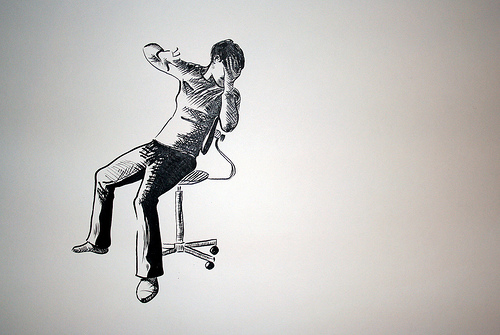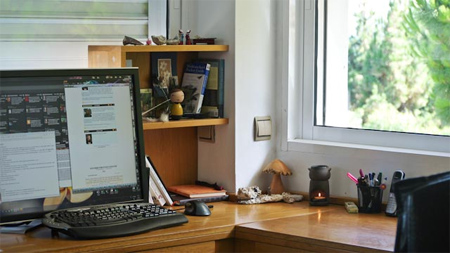Recently a friend posted in an online discussion forum that she had revisions to do on a book she was writing, but didn’t feel able to do them. This is an accomplished writer, but she found that she just really doesn’t want to tackle rewriting this particular chapter.
I have some suggestions for her, because of course writing motivation is a subject in which I have a passionate interest and on which I’ve done a lot of research. Here was my response, much of which applies as well to other kinds of tasks as it does to writing.
First, may I suggest my free PDF eBook, “The Writing Engine: A Practical Guide to Writing Motivation“? There’s a motivation troubleshooting section in back that could get you some good answers within minutes
About the specific question, I wouldn’t suggest walking away and waiting for your subconscious to sort the problem out. That definitely works some of the time, but there’s a needless delay involved, your subconscious may very well be preoccupied with other things, and there’s a chance that you’ll let it linger and dread of the work will grow until the project dies for want of just a little industry. Better to face the problem head-on, get used to facing such things in that way, and get the sense of satisfaction that comes from making progress through dedication and effort.
I share the thought that it’s possible you sense something wrong with the story, in that I have been derailed in my own writing sometimes when that was the case. However, it’s also possible that you’re facing fears of what will happen to the story when it’s finished and is finally ready for you to try to sell it or get representation. A lot of us seem to get thoughts like “Is it any good? What if it’s really junk and I’ve spent all that time on it? Can I even do any better? Maybe I’m just a lousy writer. Maybe my success so far is a fluke.”
Alternatively, you might just be associating some bad feelings with the task, e.g., “Man, this is going to be a pain,” or “I don’t even know if I can fix this,” or “I hate revising!” or “Why didn’t I write it well the first time?”
Regardless of the reason, here’s what I would recommend.
1. Sit down now or at your nearest opportunity and commit to making some kind of progress on the work. You don’t have to finish it. You don’t even have to start on it. Instead …
2. Write about your situation. You can write about what you want to change, what you’re feeling about the work, both, or something else related.
3. If you’re not already carried into the work by step 2, next brainstorm as many ways as possible to change it, include ridiculous and stupid ideas, ideas that might require more work elsewhere in the book, cutting things, adding new elements, etc. (See “Writing Differently: Picking Up the Scary Tools“)
Step 2 or 3 is very likely to get you into a mood to want to work on the revision. From out here, the revision looks like nothing more than a pain in the ass. From up close, working on ideas that excite you, it may well start looking like an exciting opportunity. Alternatively, you may discover to your dismay that you think the whole project is horribly flawed, in which case it might be time for feedback, or else to just finish it, send it out, and perhaps discover that you were wrong and it’s terrific.
If Steps 1-3 don’t get you there, then I would recommend
4. Sit down, make a list of the things you need to do, figure out what the first one is, and just start doing it. Don’t worry about if you don’t feel like it, aren’t sure you can do a good job, have other things you need to do, etc. Focus on the task, ask yourself whether it’s physically possible to accomplish it, and if so, do it. Then do the next one. This isn’t forcing yourself: it’s resignation.
Picture by kxp130











